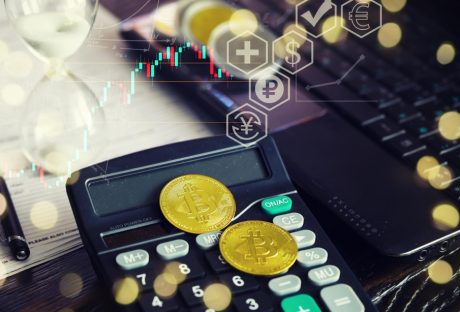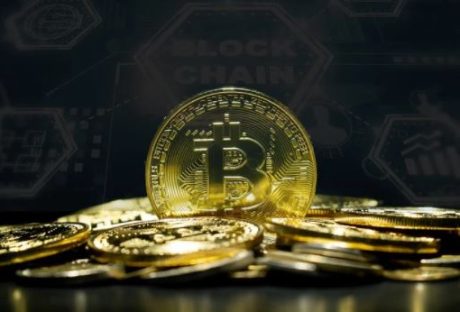Successful banks, credit unions, and financial institutions have long relied on strong internal communications to effectively manage day-to-day operations, plan for the future, and respond to problems as they arise.
A team that is empowered to share knowledge, experience, and data will be more resilient in the face of challenges and more capable of exercising initiative, and implementing effective communication strategies and protocols is especially important in the financial industry, where the risks are as high as the potential rewards.
This is why many financial institutions rely on intranet services to ensure a secure, seamless operation that ensures a constant flow of information between analysts, investors, client relations, and service workers. Intranet services essentially function as internal web pages that allow organizations and businesses to network and communicate more effectively, and a good intranet site gives every employee access to superior communication and database tools.
Most intranet sites are designed to meet three basic needs: providing employees access to documents, workflow charts, and protocols, helping employees complete tasks and connecting employees with each other. By providing usable tools and easy navigation routes, the intranet makes workers more efficient and strengthens morale by improving employee engagement.
Despite the many benefits of intranet sites, one of their biggest downsides has traditionally been the large investment of time and resources needed to get an intranet site up and running. Large intranet providers like SharePoint typically build sites from the ground up, which not only requires significant startup costs but also makes it necessary to have a dedicated IT team to maintain it once it is in place.
Fortunately, there are alternatives that are easier to develop and less demanding to run. Providers like Intranet Connections have made a name for themselves by designing intranet sites that are tailored to the particular needs of the banking and finance industry (as well as business and healthcare) but which are less costly to install and more intuitive to operate.
The solutions provided by Intranet Connections are tailored to the needs of particular industries, but they are also easy to operate even for those who are not IT specialists, which means they do not require constant IT support to run. This is particularly valuable for financial institutions because it means that managers and others in key leadership positions can handle operational issues as they arise instead of needing to refer them to specialists.
The value such services can provide to established and emerging banks and financial services providers should not be overstated: a recent article in American Banker noted that digital banking technologies have unleashed a wave of innovation and disruption that poses serious threats to the old way of doing things. With smaller financial companies making a compelling pitch to younger demographics and nascent AI technologies creating uncertainty for the future, financial institutions of all sizes need to make their operations leaner and more efficient.
Increasingly, financial organizations that do not adopt the latest intranet solutions are in danger of falling behind the innovation curve. By providing streamlined, flexible solutions to internal communications, intranet solutions are making banks more competitive, more effective, and better prepared for the challenges of doing business in the 21st century.
Read Also:






















